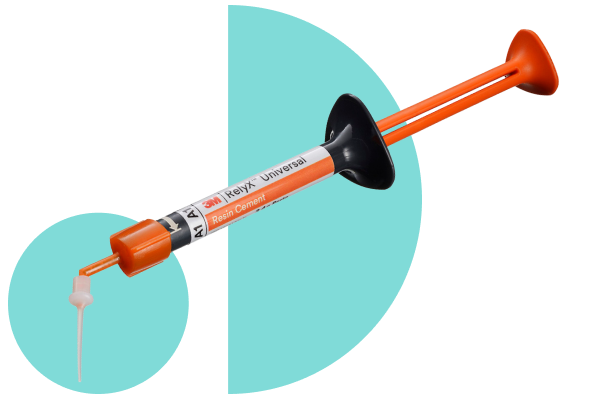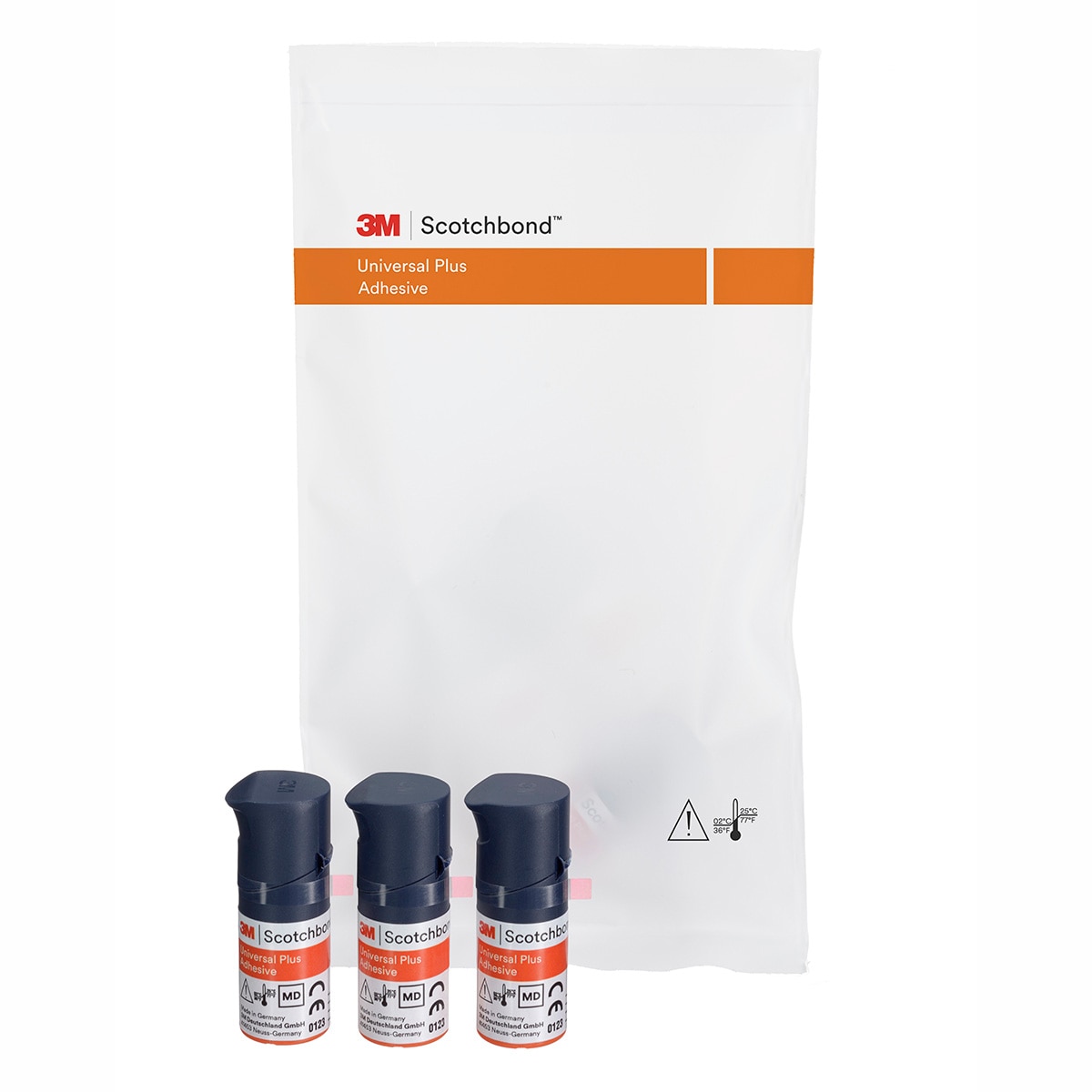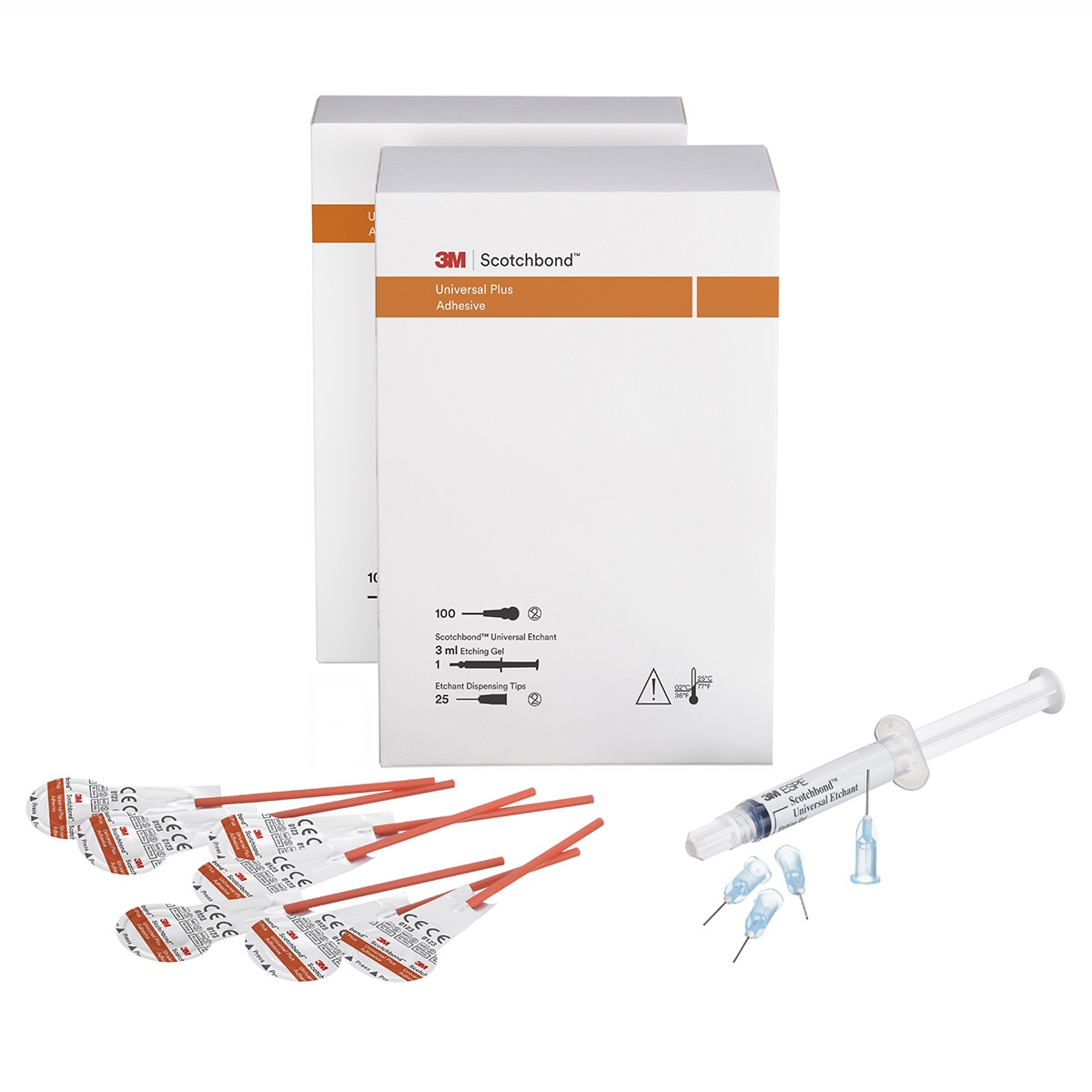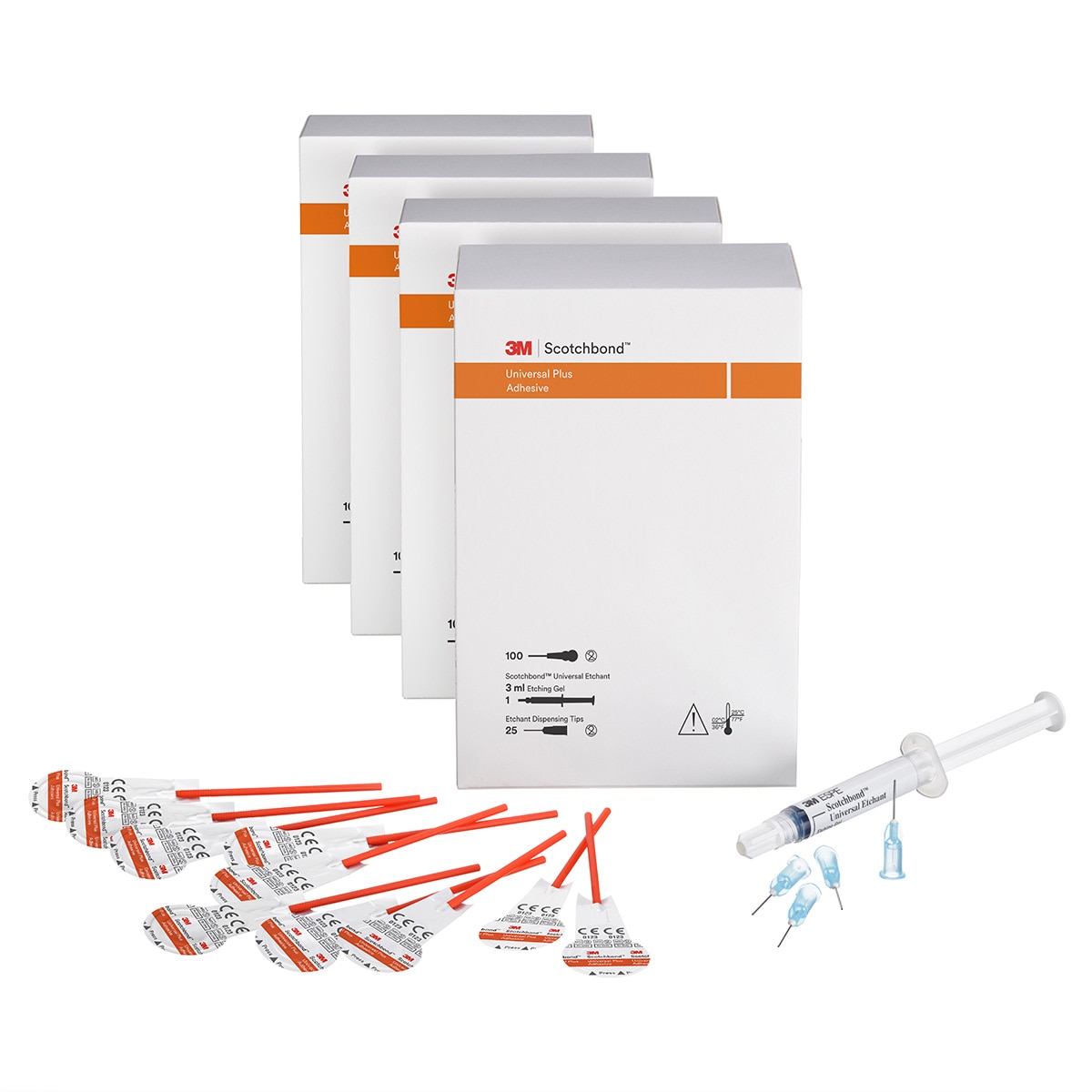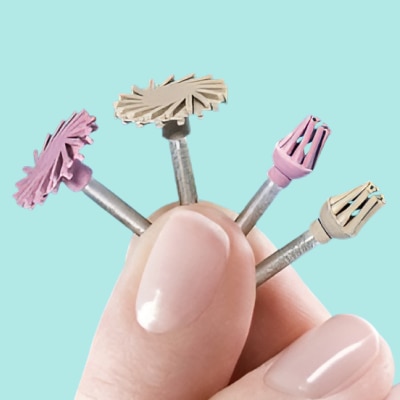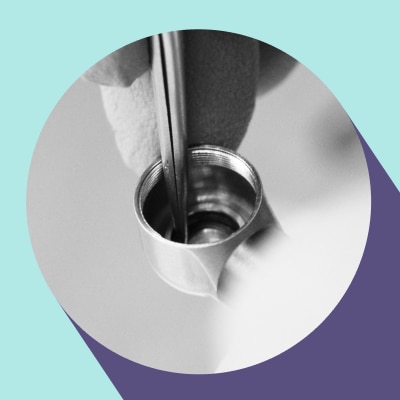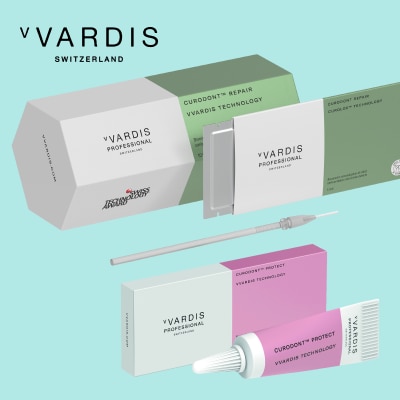When it comes to choosing modern dental materials, the goals are clear: effectiveness, safety, ease of use, accuracy, and predictability. But simplification is often easier said than done, particularly for complex procedures. And cementation remains one of the most complex, and often confusing, parts of indirect restorations.
Why is cementation confusing?
Indirect restorative procedures tend to be time-consuming, complicated and take many steps to complete. And while crown cementation only accounts for a small fraction of that time, it’s one of the most critical steps in the workflow. Mistakes during cementation can lead to several issues, including early restorative failure – which is incredibly costly to both dentist and patient.
What’s needed for successful cementation?
Successful cementation depends on two critical factors: isolation and cement selection. While proper isolation rests on the skills of the dentist with only a few approaches to choose from, selecting the right cement depends on several factors, including the restorative material, substrate, indication and more. These variables alone can make the choice difficult, but the sheer number of dental cements available can things even more confusing.
How has cementation evolved?
Cementation and bonding materials have evolved to meet the needs of modern restorative materials, resulting in many different groups of cements on the market – some with very subtle differences, even from the same manufacturer. Some require additional conditioning and bonding agents, while others are only feasible for one indication or situation. This can lead to a massive collection of cements with overlapping indications and looming expiration dates.
Simplify and standardise your cementation
If you’ve ever checked your stock and found you have multiple cements with the same indication or had to toss a bunch of barely used materials because they’d passed their expiration dates, then you’re not alone.
Unfortunately, this is a regular occurrence for many dental professionals, and a major hurdle toward simplification.
Why it’s worth refining your supplies
By reducing your stock to a select number of versatile cements, you can reduce the number of overlapping products and the risk of premature expiration. What’s more, by working exclusively with a smaller set of choice products, you can strengthen your expertise in those materials.
Refining your range not only helps solve the age-old debate of which cement to use, but it can also reduce educational hurdles between you and your team. If everyone knows what’s on hand and how to use it, you can collectively reduce the chance for miscommunication or mistakes.
Narrowing your materials can improve results
When you change products constantly, it can be hard to get familiar enough with them to make the most of the materials’ properties. By using the same materials repeatedly, you’ll get to know their unique chemistries, their pros and cons, and how to handle them most effectively – reducing the risk of error and improving results.
Features of universal RelyX Dental Cement
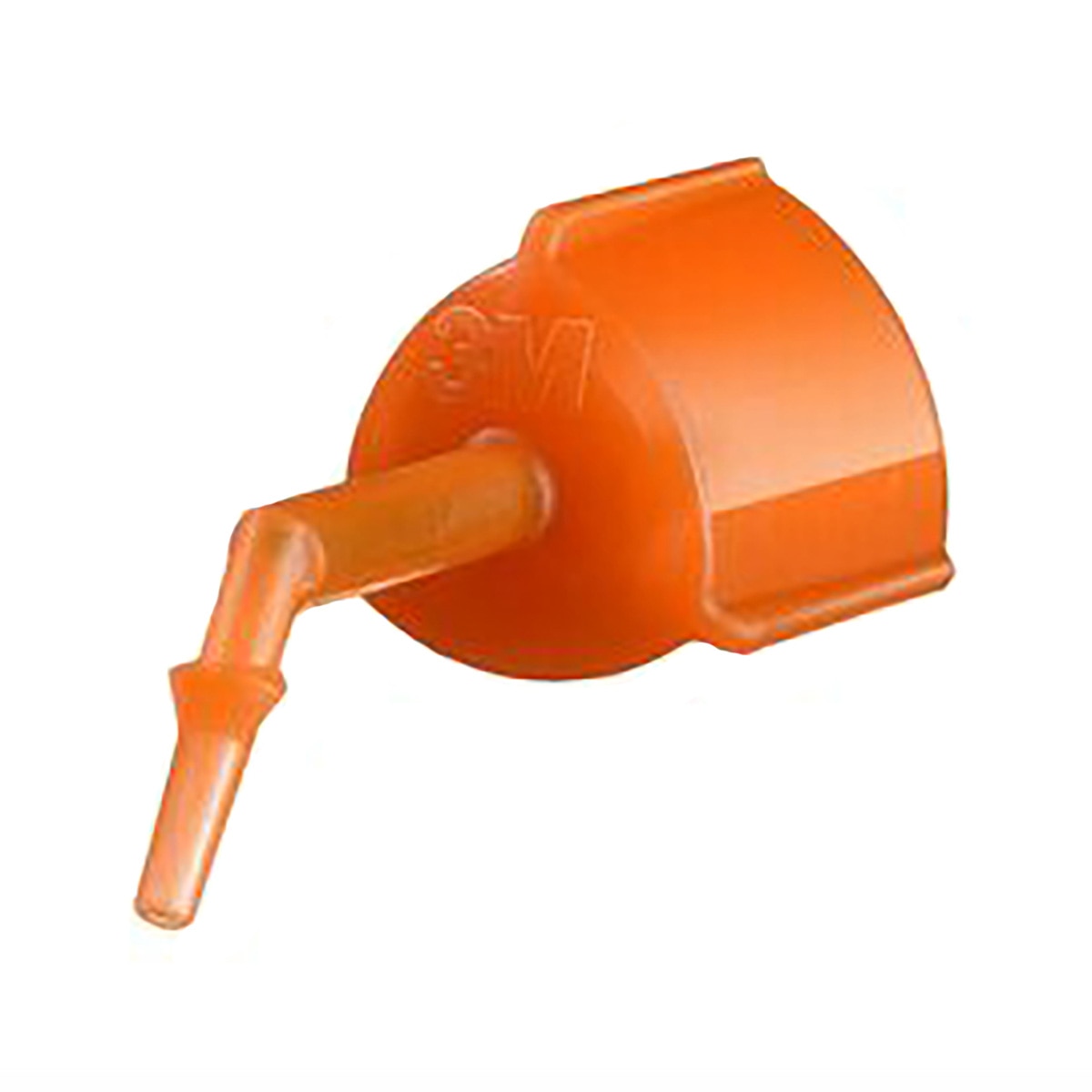
RelyX Universal Micro Mixing Tips 30pk
Features of universal RelyX Dental Cement

RelyX Universal Micro Mixing Tips 30pk
Switching to a universal solution
While cementation can be challenging and confusing, there are ways to simplify the procedure – and it starts in the stockroom. By taking the time to review your materials, you can refine your range, your procedure, and your skill set. And the growing trend toward truly universal products opens the door to new opportunities for reducing complexity across the board.
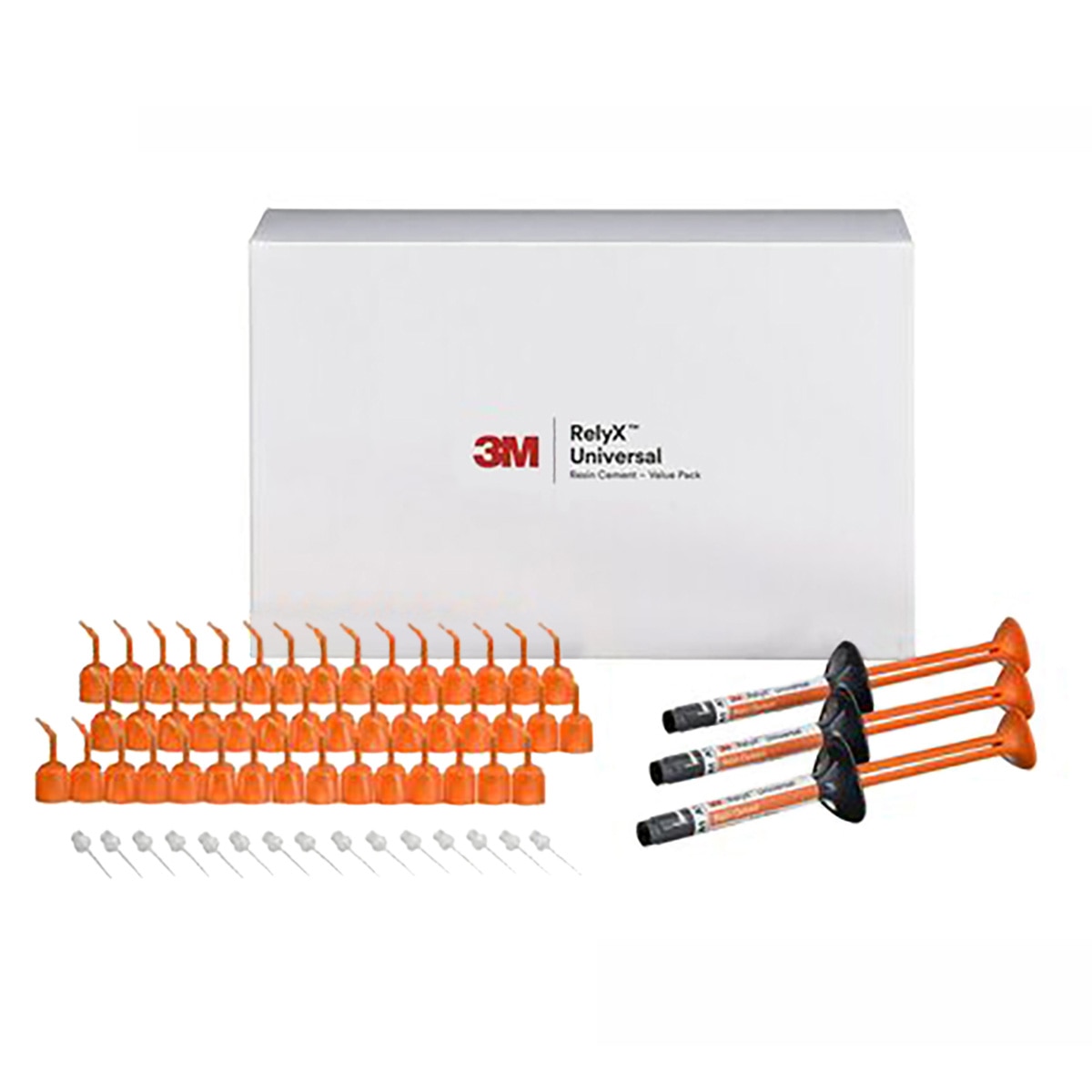
RelyX Universal Resin Cement Value Pack A1
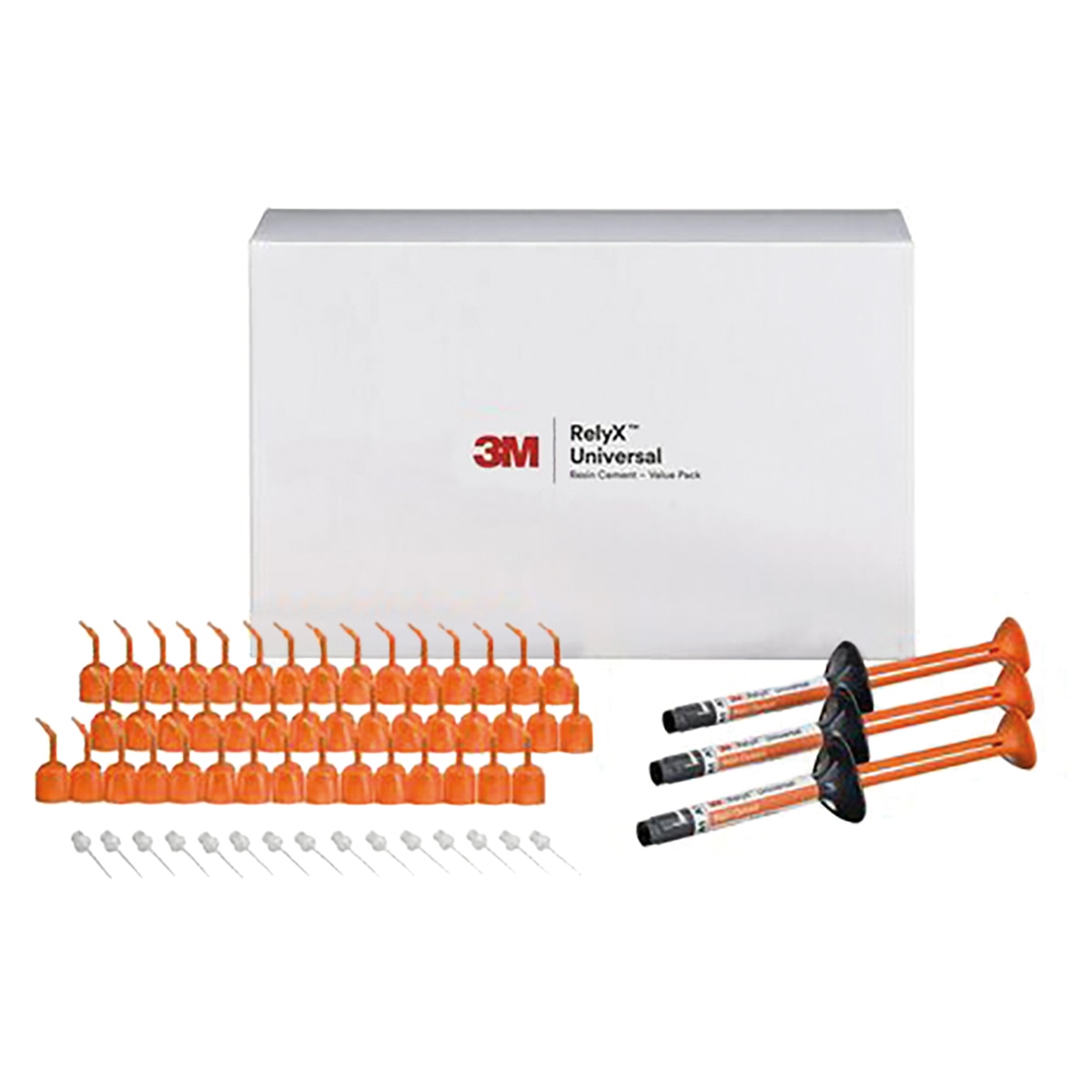
RelyX Universal Resin Cement Value Pk Translucent
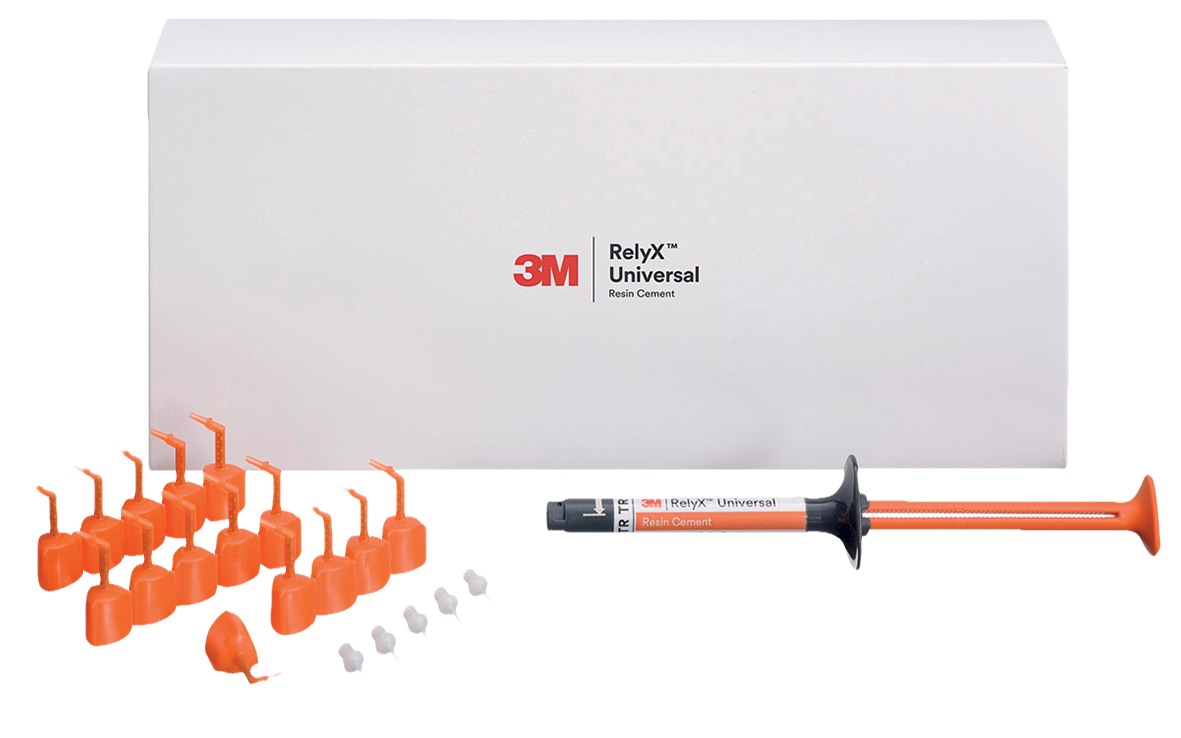
RelyX Universal Resin Cement Refill WO
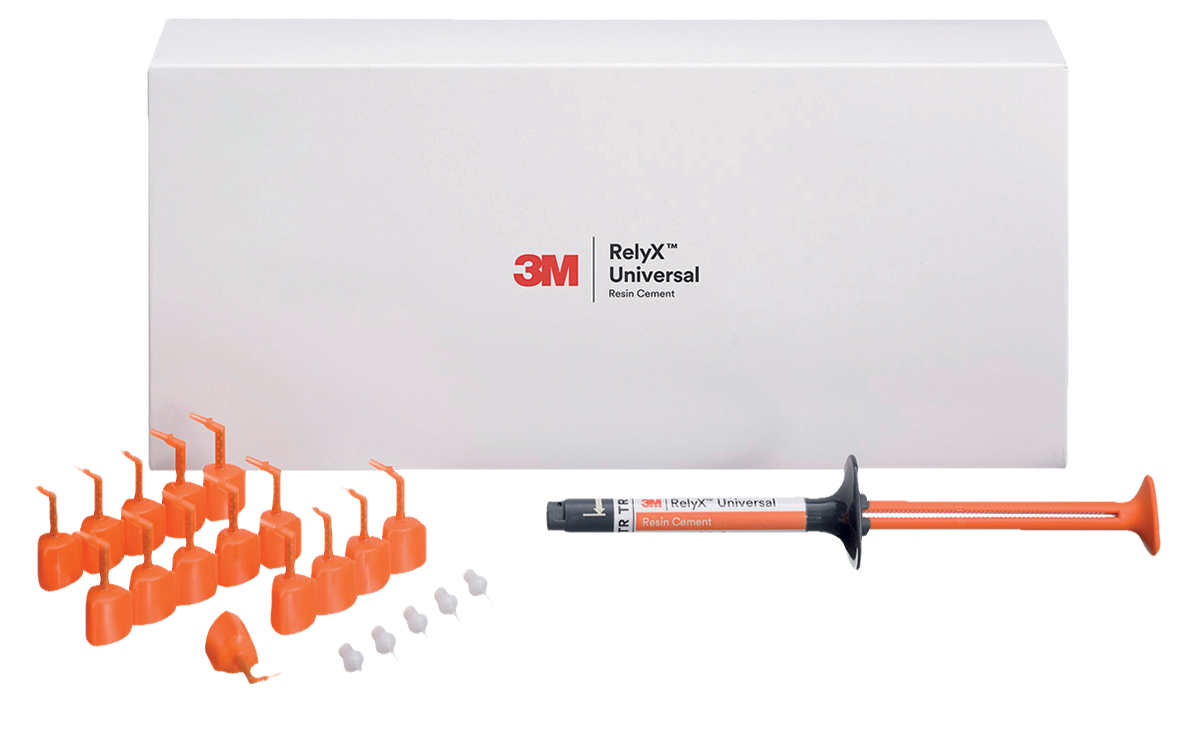
RelyX Universal Resin Cement Refill A3O
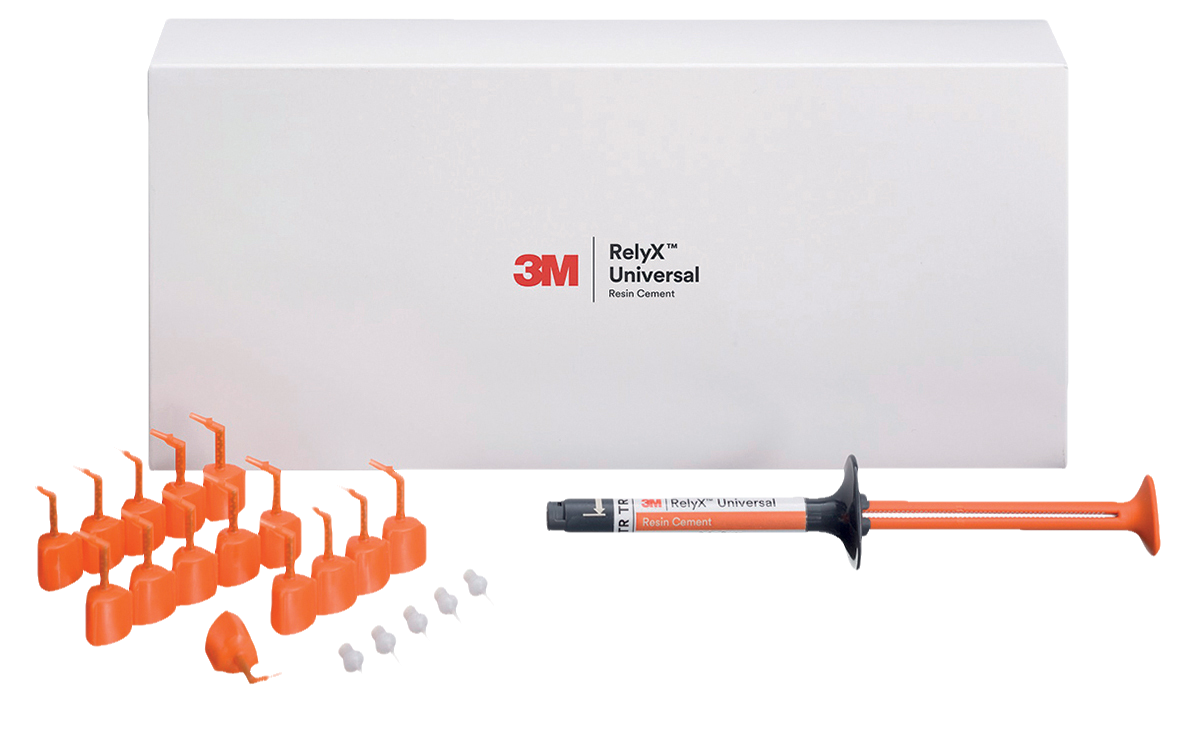
RelyX Universal Resin Cement Refill A1
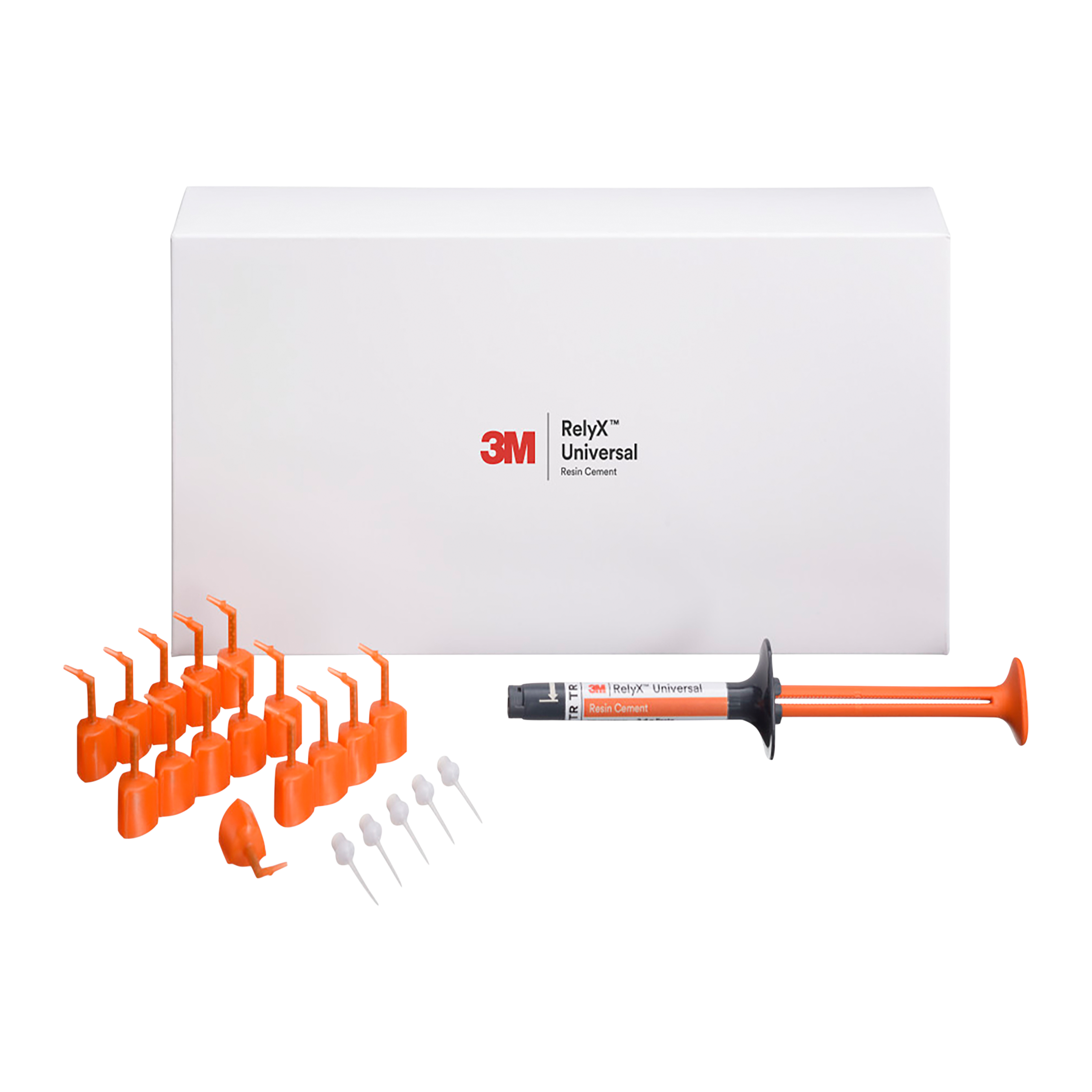
RelyX Universal Resin Cement Refill Translucent
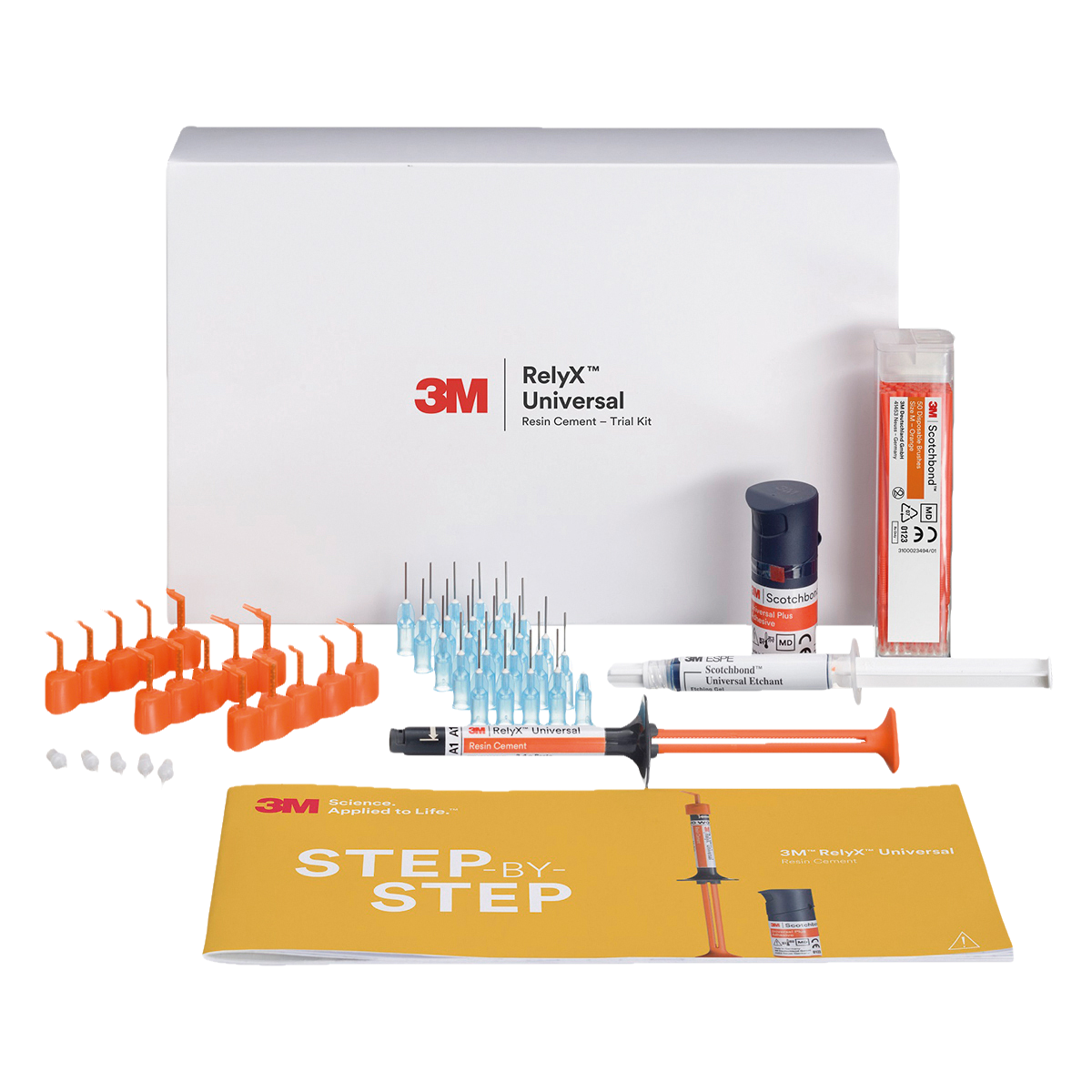
RelyX Universal Resin Cement Trial Kit A1

RelyX Universal Resin Cement Trial Kit Translucent

